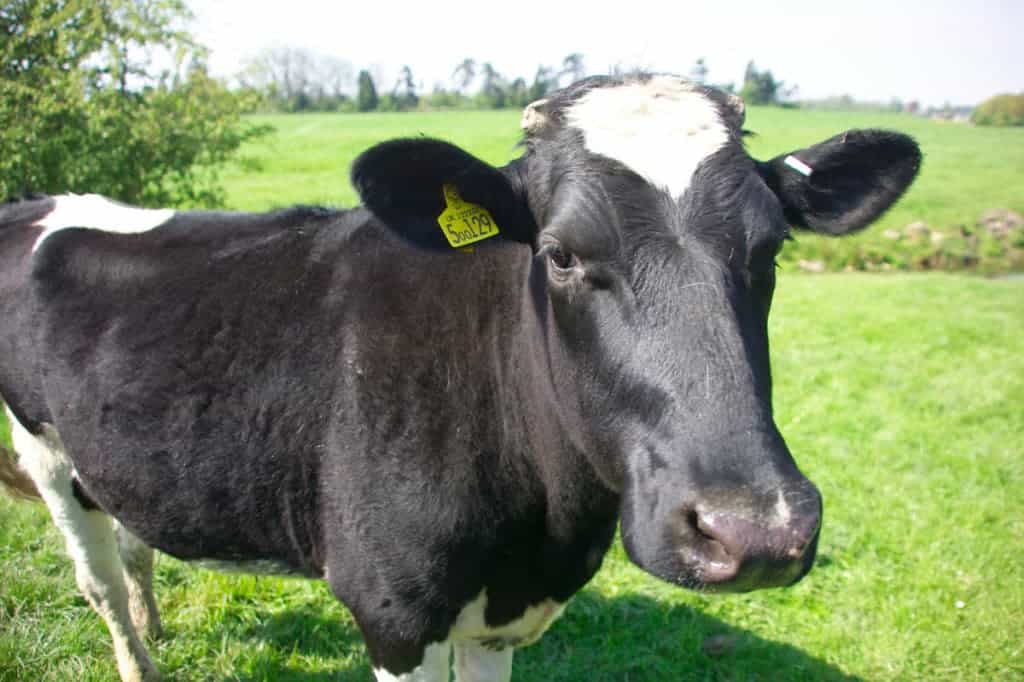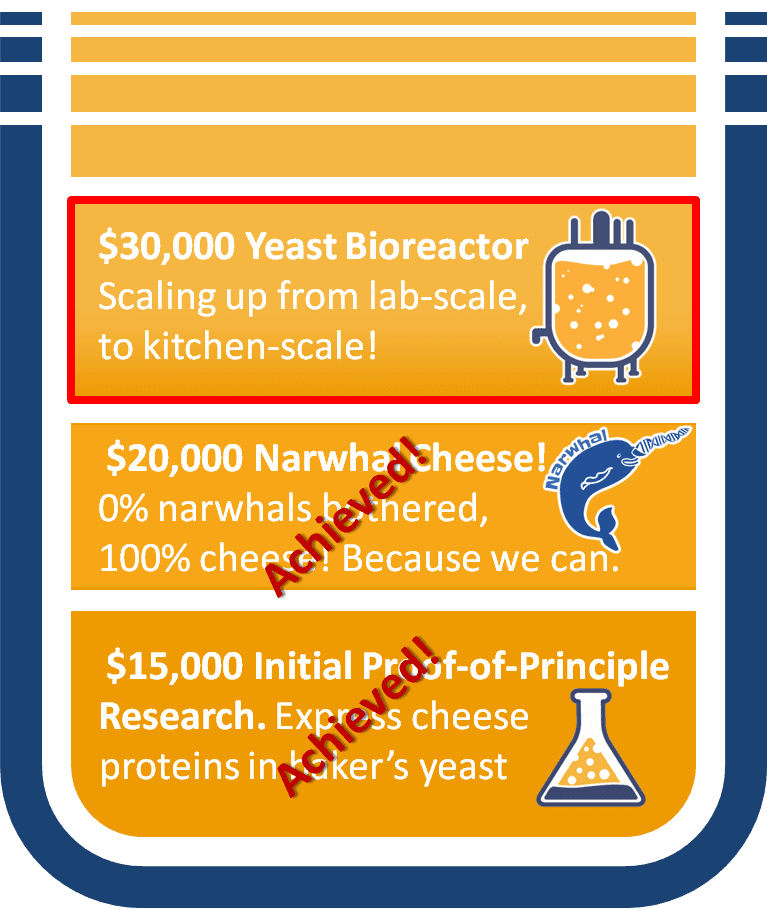
Creating cheese without cows has now become a reality – cruelty and antibiotic free. Image via TechCrunch.
A while ago, we were telling you about the lab in Netherlands which artificially created a hamburger, making it the first lab-grown hamburger in the world. Now, a team from California has followed in their footsteps, creating the first cheese that does not originate from milk. A group of biohackers from Counter Culture Labs in Oakland, and BioCurious in Sunnyvale, California have been using baker’s yeast to produce cheese – without the participation of a cow.
If you’ve ever tried vegan milk or cheese, then you probably know they don’t taste like the real thing at all. They are typically made from soy or nuts, and never have the salty, delicious taste of milk and cheese. But that may very well change.
The team is actually engineering this very real cheese from a genetic sequence found in mammals. Their plan is to insert the sequence in yeast, therefore bypassing the need for cows. But here’s where it gets really cool – the natural milk protein genetic sequences are not actually from the animals, but based on the sequence found in animals. So actually, no animals are involved in the production of the cheese. They just take the lab-grown sequence and insert it into yeast. But it gets even more interesting.
Some of these DNA sequences which they are using may actually be human. That’s right, they’ve been using human DNA to create cheese, which makes a whole lot of sense. It’s much healthier for us to consume milk from with our own DNA than cow milk. It also reduces allergens and makes it easier for people who are lactose intolerant or have trouble breaking down and digesting the lactose from cows’ milk.
But, for those who don’t find engineered human cheese appealing, you can opt for the “traditional” version – engineered cow cheese. You take yeast and DNA, mix in some water, oil and sugar and you end up with good milk to grow cheese – no cruelty, no hormones, and no antibiotics. But, as you can definitely guess, making cheese this way is extremely expensive. So the group launched an Indiegogo campaign to raise the $15K needed for all the initial ingredients. As I’m writing this, they’ve easily surpassed their goal, raising over $25K, with still 11 days to go. Funnily enough, one of the goals, which they reached when they made $20K was to also make narwhal milk – “because we can”.
So let’s put things into perspective – a group of unpaid (for this) biohackers have started a project to create the world’s first vegan cheese, using DNA sequences and yeast, and have obtained money for this through crowdfunding. Some of the donors will actually get to taste the cheeses they will make, though initially, it will not be destined to human consumption. The goal is to have the first batch ready to go by the end of the Indiegogo campaign in late August.










